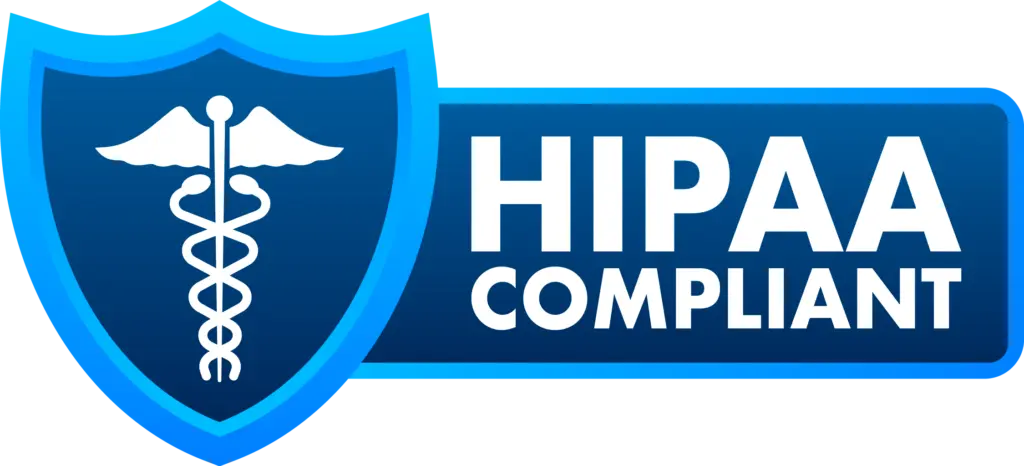Pharmacovigilance
Pharmacovigilance
MedVoice assists Healthcare organizations protect their patients and provide regulatory compliance through stringent pharmaceutical and constant literature surveillance.
MedVoice Pharmacovigilance
Effective Pharmacovigilance relies upon the recognition and assessment of safety signals that alert healthcare providers to the potential risk and threat to the health and safety of patients connected with a particular pharmaceutical product. Constant and vigilant surveillance of medical and pharmaceutical literature is a crucial component of effective pharmacovigilance. Literature surveillance involves the systematic monitoring and analysis of scientific literature, medical journals, clinical trials, and other sources of medical information necessary to prevent the adverse effects or any other drug-related problems.
MedVoice Pharmacovigilance Delivers
With the advancements in AI technology, pharmacovigilance is evolving rapidly. Big data analytics, artificial intelligence, and machine learning are being employed to enhance signal detection and improve risk assessment. MedVoice combines these innovations with pharmaceutical experts to make pharmacovigilance even more effective for our Clients, and for the safety of their Patients

- Increases Patient Saftey
- Reduced Risks to Healthcare Organization
- Constant Pharmaceutical Literature Screening
- Increased Awareness of Potential Harm to Patients
- Increased Information Available to Providers
- Greater Regulatory Compliance
- Quicker Identification of Potential Safety Risks
- Increased Provider Confidence in Prescribing Treatment


